This May marks the 75th anniversary of the end of World War II in Europe. This year as in previous ones, Europeans commemorated VE (Victory in Europe) Day with a combination of somber remembrance and celebration. As we observe the Allied victory, it behooves us also to reflect on perhaps the most harrowing legacy of the war—the Nazis’ attempted extermination of Europe’s Jewish population.
It was 1942, three years into the war, when Adolf Hitler’s Nazi Regime began to enact the “Final Solution,” the systematic plan to annihilate Europe’s Jews. Announced to the Nazi Party leadership at the Wannsee Conference, the implementation of the Final Solution took place in the midst of Germany’s eastern offensive. Thus, eastern Europe and particularly Poland—the site of the Jewish Pale of Settlement established by tsarist Russia in the 19th century—became the locus of this human tragedy.
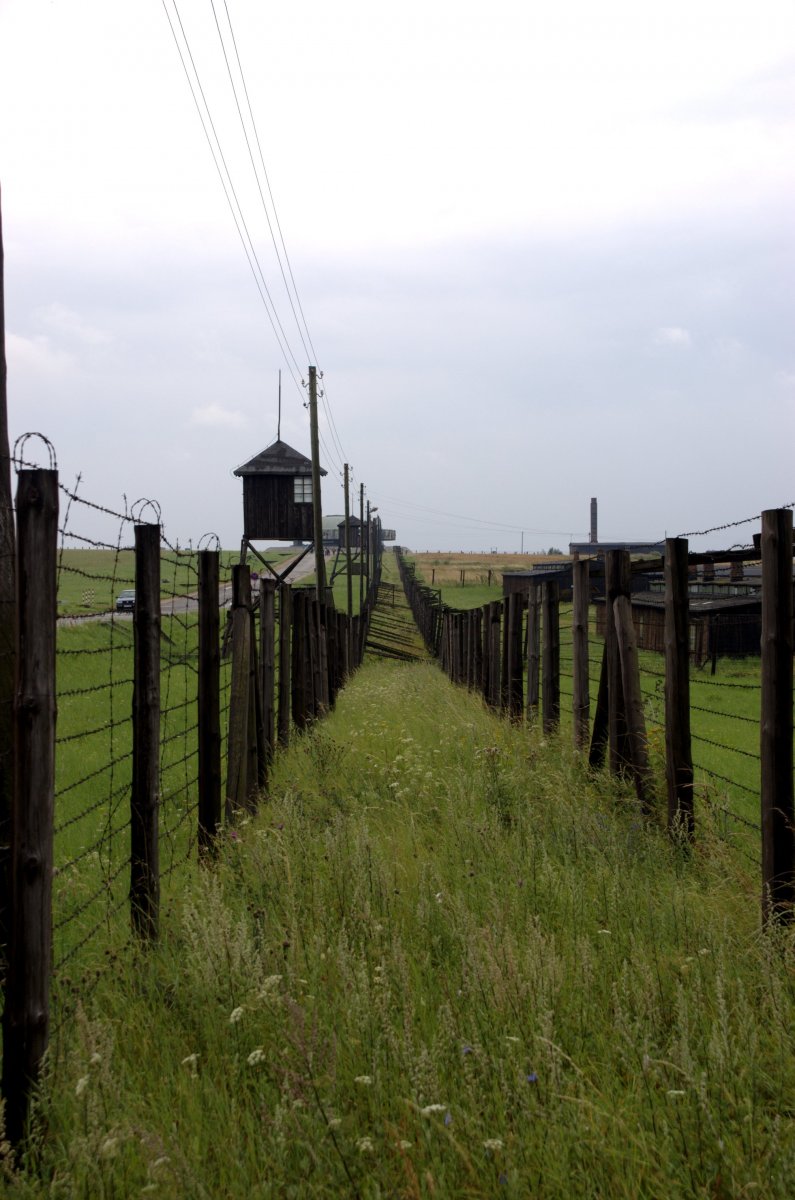 |
| Barbed wire at the Lublin-Majdanek Concentration Camp |
In the following years, the Nazis—often with the collaboration of local populations and civilians—began utilizing their network of extermination camps as they sought to realize their barbarous mission.
As the war turned badly against Germany in the summer of 1944, Allied forces began liberating the concentration camps. Soldiers of the Soviet Union’s Red Army were actually the first to begin the process of liberation when they came across the extermination camp at Lublin-Majdanek.
During the following year, Allied soldiers liberated the largest and most infamous concentration camps at Auschwitz, Buchenwald, and Dachau. Tragically, before the liberating forces of the Allies arrived the Nazis were able to execute roughly 6 million Jews.
Though the scenes encountered at these camps defy description, they bear repeating. As Allied soldiers liberated these camps, they discovered mass graves, horrific torture rooms, and mounds of personal items that had belonged to the victims of the Nazi campaign of mass murder.
Adding to the shock and heartbreak, these liberating soldiers also encountered throngs of emaciated, starving prisoners, abandoned by the retreating German forces. According to one account, General George Patton, upon witnessing the atrocities at one of Buchenwald’s sub-camps, “dashed behind a shed and vomited.” Even battle-hardened soldiers could not stomach what they witnessed.
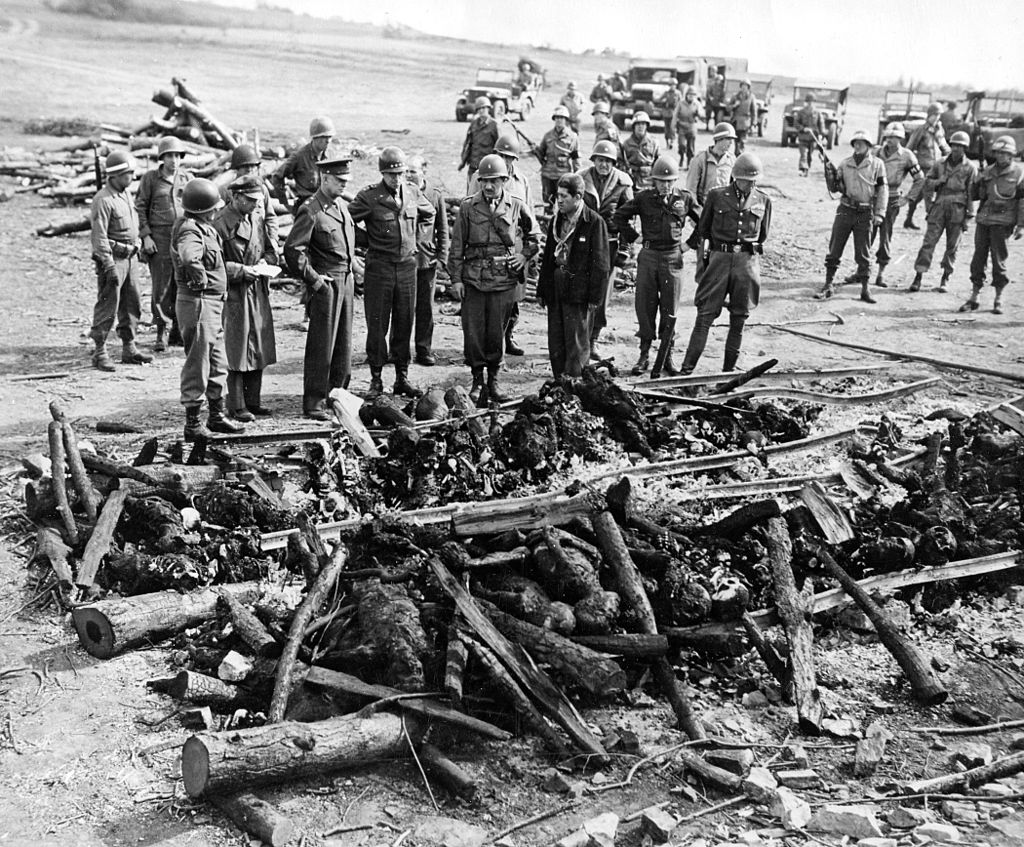 |
| Generals Eisenhower and Patton at the Ohrdruf Concentration Camp |
As the world learned of the atrocities perpetrated by the Nazis, the international community sought justice. To punish Nazi leaders, the Allies organized legal proceedings at Nuremburg in 1945-46. As a result, about a dozen individuals were sentenced to death, while several others received lengthy prison sentences. While many culpable individuals escaped punishment, Nuremburg was an important first step in restoring a sense of justice to a devastated continent.
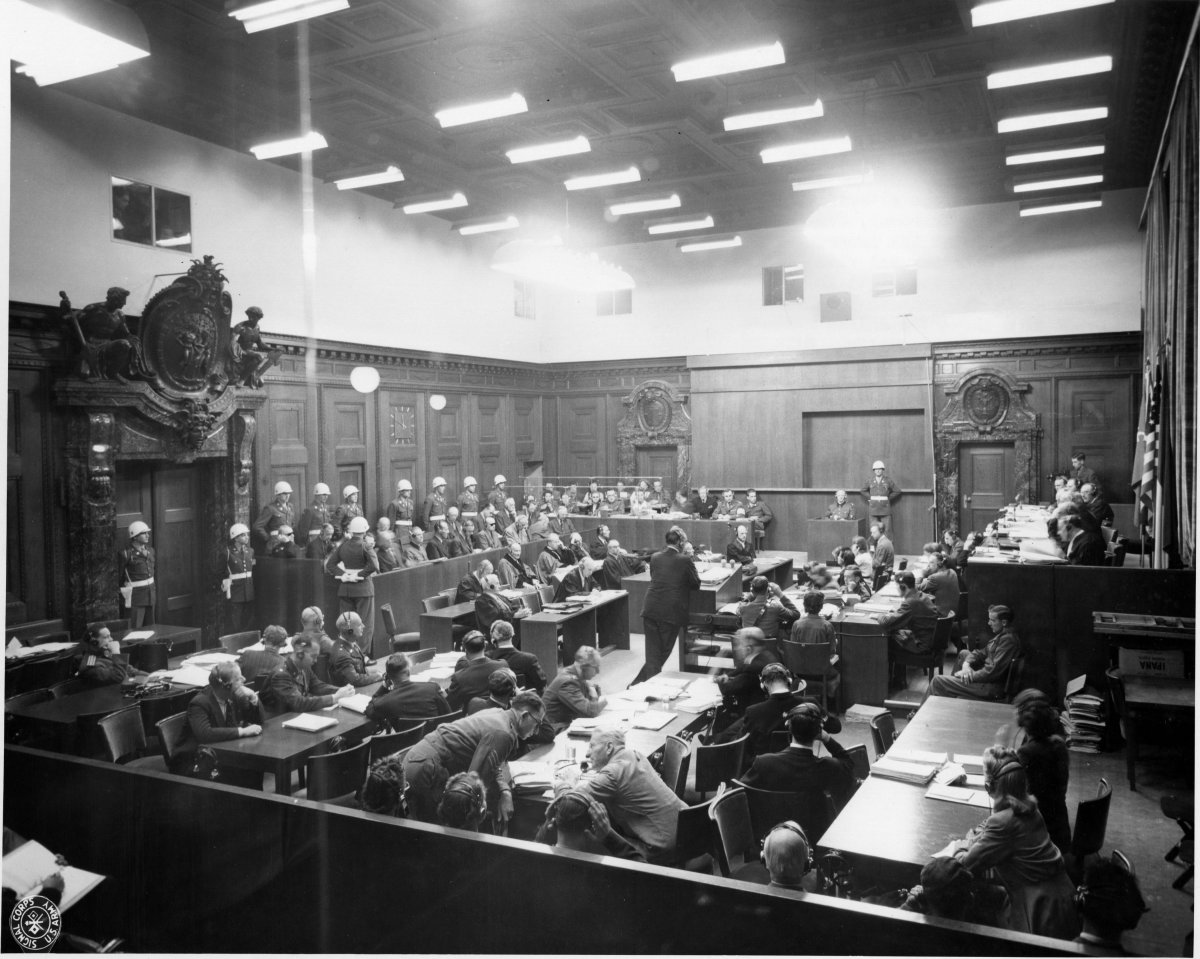 |
| Attorney presents evidence against defendants at the Nuremburg Trials |
Postwar retribution did not end with the Nazi leadership at Nuremburg. The victorious Allies also held many German civilians culpable for the crimes committed under the Nazi regime. When the Allies liberated the concentration camps, they often forced these Germans to dig mass graves. In some cases, they also required Germans to go to the cinema, where they were shown videos of the atrocities of the concentration camps.
While Allied victory brought punishment and retribution to both Nazis and German civilians, it also brought deliverance to those victims who had managed to survive until the end of the war. Their liberation, however, was in many ways arduous, heart-wrenching, and incomplete. In the immediate aftermath of liberation, many prisoners had to remain in temporary barbed-wire encampments, sometimes for months or years.
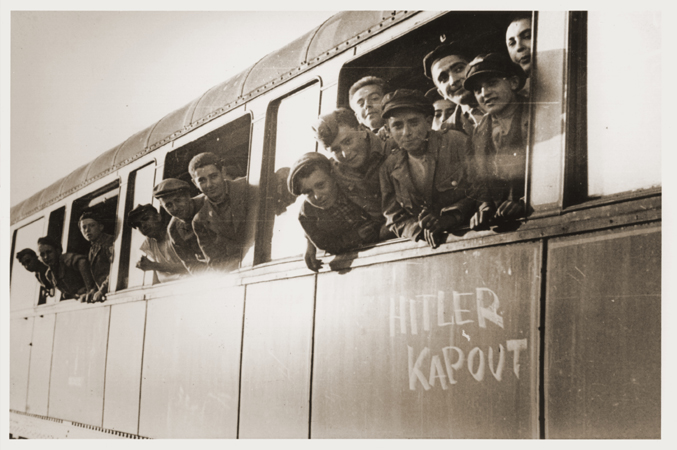 |
| Children from the Buchenwald Concentration Camp |
And liberation only marked the beginning of a long, difficult process of recovery and reintegration. Many Jews returned only to find their properties destroyed and looted. They struggled to rebuild their lives in cities devastated by the war and alongside neighbors whom they distrusted. Other survivors had no home to which they could return, as their communities had been utterly destroyed by the Nazi regime.
Tragically, even after liberation, Europe’s Jews continued to face persistent anti-Semitism.
In the case of Soviet Jews, the postwar years brought them renewed anti-Semitic persecution by the Stalinist state. For these unfortunate individuals, liberation meant moving from a Nazi concentration camp to a Siberian gulag.
And postwar anti-Semitism was hardly limited to Stalin’s Soviet Union. Poland witnessed several anti-Jewish pogroms after the war, the most notable occurring in Kielce in 1946. Despite the international community’s revulsion at the horrors of the Holocaust, the deep-seated prejudices and hatred that had enabled the Nazis continued to persist in Europe.
The aftermath of the Holocaust focused the international community’s attention on the issue of genocide. As part of an effort to prevent a horror like the Holocaust from happening again, the United Nations in 1948 approved the Convention on the Prevention and Punishment of the Crime of Genocide. The new convention established a clear definition for the crime of genocide.
Importantly, this landmark international agreement provided the legal and conceptual tools to confront such heinous crimes. However, the UN’s convention was not wholly successful in preventing the recurrence of genocide, as evidenced by more recent instances of mass murder in Rwanda and Bosnia.
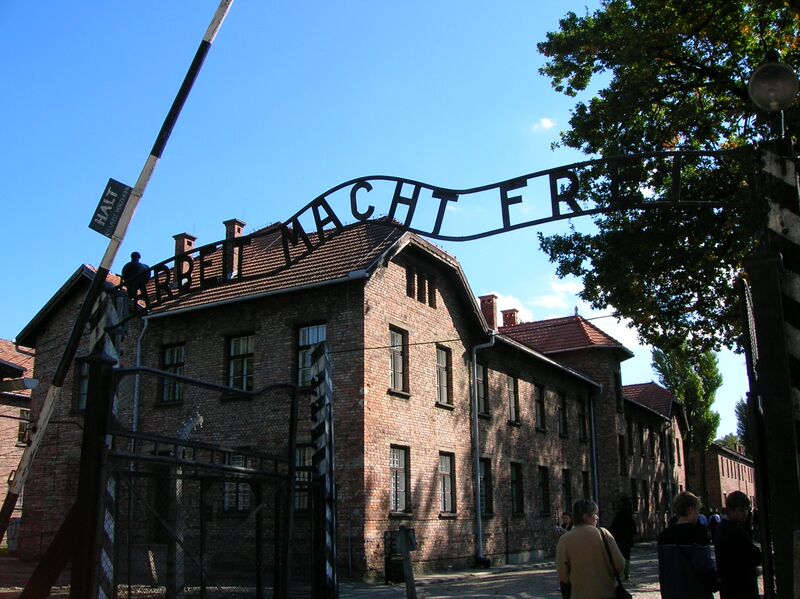 |
| The entrance to Auschwitz “Arbeit Macht Frei” (Work Makes (you) Free) (Photo credit: Kirsten Hildonen) |
The legacy and memory of the Holocaust remains vivid today. It is evident in the widespread Jewish diaspora and in the personal lives and stories of those who witnessed and experienced the Nazi’s brutality. One can also visit the sites where this harrowing history took place. The labor and extermination camp at Auschwitz-Birkenau has been preserved and converted into a museum.
Such prominent memorials notwithstanding, many places in central and eastern Europe bear little trace of those Jewish communities eliminated during the Holocaust—a chilling reminder that much of the Holocaust’s legacy is one of absence and loss.
